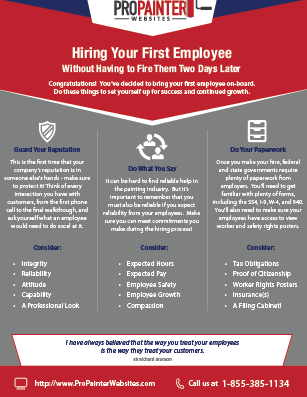Essential Seasonal Aspects Of Commercial Exterior Painting: What You Must Recognize
Essential Seasonal Aspects Of Commercial Exterior Painting: What You Must Recognize
Blog Article
Write-Up Composed By-Ford Whalen
When you're preparing a commercial exterior painting job, seasonal factors can make or break your outcomes. You'll want to consider just how temperature and moisture influence paint application and drying times. Picking the right season can ensure your paint sticks correctly and lasts longer. Yet which when to paint ceiling same color as walls are genuinely the very best for this sort of work? Allow's check out the crucial elements that can affect your job's success.
The Influence of Temperature on Paint Application
When you're preparing a business exterior painting task, the temperature level can significantly influence how well the paint adheres and dries.
Preferably, you wish to repaint when temperatures range between 50 ° F and 85 ° F. If it's as well cold, the paint might not treat appropriately, leading to problems like peeling or breaking.
On the flip side, if it's also hot, the paint can dry as well rapidly, preventing proper adhesion and resulting in an unequal coating.
You should additionally take into consideration the time of day; early morning or late afternoon uses cooler temperatures, which can be extra desirable.
Constantly check the producer's suggestions for the particular paint you're using, as they typically offer assistance on the suitable temperature level array for optimum results.
Moisture and Its Result on Drying Times
Temperature level isn't the only environmental variable that influences your commercial outside painting task; moisture plays a substantial role also. High moisture levels can slow down drying out times considerably, affecting the general quality of your paint task.
When the air is filled with dampness, the paint takes longer to treat, which can lead to problems like bad adhesion and a greater threat of mildew growth. If you're repainting on a particularly moist day, be prepared for extended wait times between layers.
It's essential to monitor regional weather and plan accordingly. Preferably, aim for humidity degrees in between 40% and 70% for ideal drying out.
Maintaining https://www.goodhousekeeping.com/home/cleaning/tips/a17273/stains-paint-latex-may07/ in mind guarantees your project remains on track and supplies a lasting surface.
Best Seasons for Commercial Exterior Painting Projects
What's the best time of year for your commercial external paint projects?
Spring and very early autumn are typically your best options. Throughout these periods, temperatures are light, and moisture degrees are often reduced, developing optimal problems for paint application and drying out.
Avoid summer season's intense heat, which can create paint to completely dry too rapidly, resulting in poor bond and surface. In a similar way, wintertime's cold temperatures can hinder correct drying and healing, taking the chance of the long life of your paint task.
Go for days with temperatures in between 50 ° F and 85 ° F for ideal results. Keep in mind to examine the local weather forecast for rain, as damp conditions can ruin your job.
Planning around these aspects ensures your painting project runs smoothly and lasts longer.
Verdict
In conclusion, intending your industrial external painting tasks around seasonal factors to consider can make a substantial distinction in the result. By scheduling work throughout the perfect temperature levels and humidity degrees, you'll make certain better attachment and drying times. Bear in mind to keep an eye on local weather forecasts and pick the correct time of year-- spring and early fall are your best bets. Taking these actions will certainly assist you attain a durable and professional surface that lasts.
